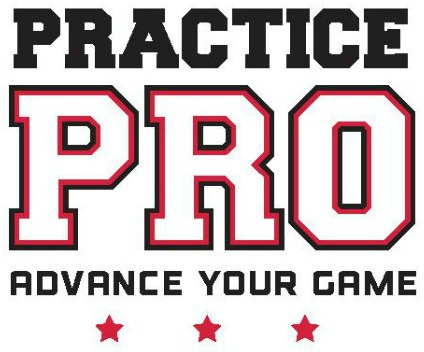Is Fall Ball Making Pitching Better or Worse?
/Every fall, softball comes back to life after a late summer break — it’s that in-between season where players dust off their gloves, coaches shuffle lineups, and everyone gets a little extra time on the field before winter hits. But there’s one question I hear every year: Is fall ball actually making pitchers better… or worse?
People often look back fondly on the “glory days,” when kids played different sports each season instead of one sport year-round. Back then, there was no fall ball — the season didn’t start until January or later — and you could still be considered a committed team member while giving your full attention to each sport in its turn. But times have changed. Now, it can feel like if you skip fall ball, you’re seen as uncommitted or risk falling behind.
The truth is, pitching does improve with consistent year-round reps, and fall ball games can help with that. They give pitchers more innings, more opportunities to experiment, and more chances to compete. The great thing about today’s softball landscape is that there’s a travel team for every level of commitment — from those that play a full fall schedule to those that barely play at all. You can’t control what other players choose to do or how fast they progress, but you can choose what’s right for you and accept the tradeoffs that come with it.
Fall ball should be about making pitchers better — not just measuring how good they already are. While evaluation is part of the process, the real value comes when we shift our focus from winning games to developing players. When that happens, everyone’s level of play rises by the time spring rolls around.
Because the truth is, great pitchers aren’t made in the summer — they’re built in the fall.
Let’s break it down.
Fall ball isn’t the championship season — it’s preparation for it. Think of it as a laboratory, not a showcase. It’s where players experiment, learn, and make mistakes without the pressure of reduced playing time.
This is the time to move kids around, let them play new positions, and see who can grow into new roles. Winning should matter way less than development. The real goal of fall ball is to give athletes a chance to show what they can do, receive honest feedback, and have the time to fix it before spring rolls around.
Young athletes who play multiple sports develop better coordination, agility, balance, and body awareness — all key ingredients for becoming stronger pitchers in the long run. It’s okay if softball isn’t the top priority every weekend in October. The most athletic kids often become the best pitchers later because they’ve learned how to move their bodies in more ways than one.
At Practice Pro, our approach mirrors this philosophy. During the fall, we care less about pinpoint accuracy and more about building mechanics, strength, and new pitches.
Why? Because learning something new — whether it’s a rise ball, a better drive leg, or a cleaner arm circle — throws off accuracy temporarily. You can’t grow if you’re always playing it safe. Mechanical changes take time to click and build into muscle memory, and that means being okay with a few more balls and a few less strikes along the way.
We call it “progress over perfection.” In the long run, this is what builds elite pitchers.
Fall is also the peak season for strength training. Pitchers are in the gym lifting heavier, rebuilding their bodies after summer tournaments, and setting a foundation for the year ahead.
And yes — that means being sore. Sore legs, sore glutes, sore backs. When you’re pushing your body to get stronger, you won’t always feel fresh for weekend games. That’s normal, and it’s actually a good sign that growth is happening.
Another truth about fall: athletes are busy. They’re playing volleyball, soccer, basketball, cross country — and that’s a good thing.
If players and coaches treat it as the “mini-season that must be won,” it can hurt development. Pitchers end up afraid to fail, afraid to try new pitches, and stuck in the same habits they’ve had all year.
But if we treat fall ball for what it truly is — a training ground for growth — then it becomes one of the most valuable times of the year. The best athletes use fall to experiment, learn, get stronger, and prepare to dominate when it actually counts.
If your fall ball games look a little messy, that’s okay — that’s how progress looks in real time. This is where pitchers build strength, experiment with mechanics, and push through discomfort to set up success for the season ahead.
So instead of judging fall by wins and losses, judge it by how much a player learns, grows, and competes. The work you do now is what turns a decent spring into a dominant one.


